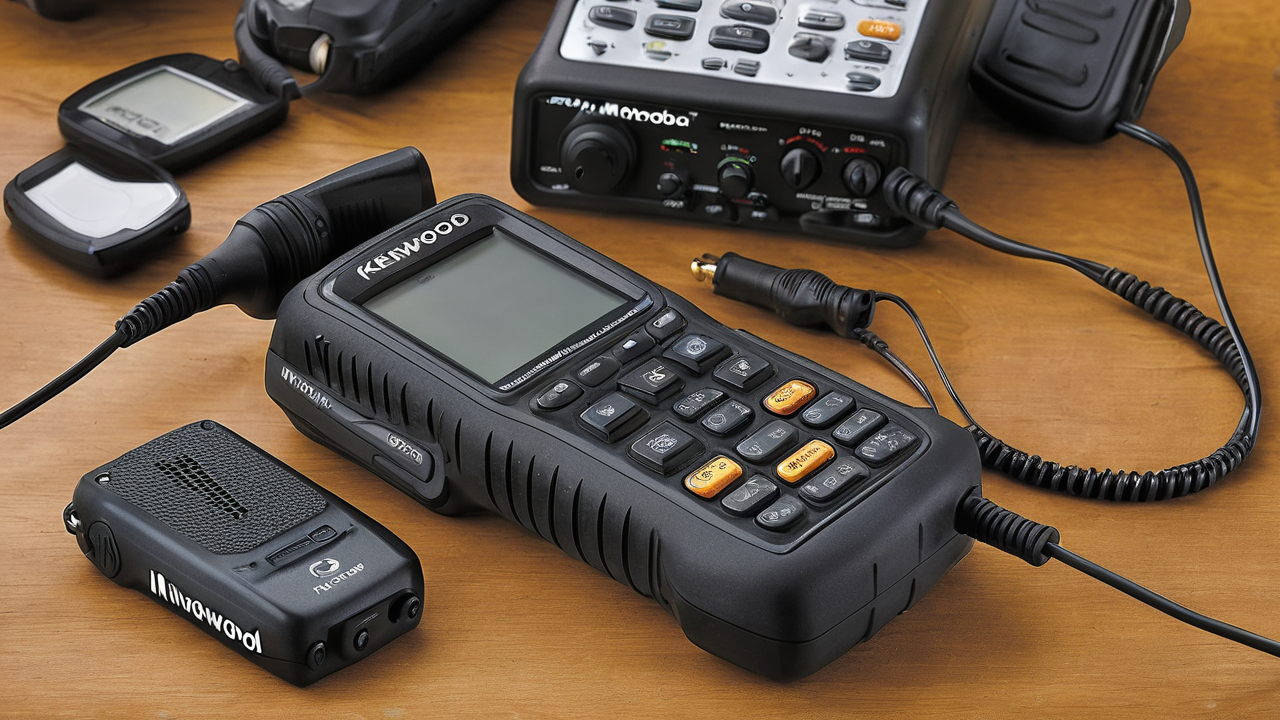Understanding Long Range Walkie-Talkies
The Evolution of Walkie-Talkie Technology
Walkie-talkies have come a long way since their invention. Early models were bulky and limited in range. Today's devices are compact and powerful. They use advanced tech for clearer signals over longer distances.

Modern walkie-talkies now have digital features. These include GPS tracking and text messaging. Some even connect to smartphones. The goal is to make communication easier and more reliable.
Battery life has also improved greatly. Many models can now last for days on a single charge. This is crucial for long-range, cross-country use.
Key Features of Long Range Walkie-Talkies
Long range walkie-talkies have several important features:
- High power output (usually 4-5 watts)
- Multiple channels (often 22 or more)
- NOAA weather alerts
- Water-resistant or waterproof design
- Long battery life
- Clear audio quality
- Noise-canceling technology
These features help ensure clear communication over long distances. They also make the devices more versatile and reliable in various conditions.
Regulations and Standards in the United States
In the US, the FCC regulates walkie-talkie use. There are rules about frequency bands and power output. Most consumer models use the FRS (Family Radio Service) or GMRS (General Mobile Radio Service) bands.
FRS doesn't require a license. GMRS does need a license for higher power output. This license covers the whole family and lasts for 10 years.
The maximum allowed power for FRS is 2 watts. GMRS can go up to 50 watts. However, most handheld GMRS radios stick to 5 watts or less.
Top Picks for Long Range Walkie-Talkies
Motorola MX650: A Distance Champion
The Motorola MX650 is a top choice for long-range communication. It boasts a range of up to 35 miles in ideal conditions. This makes it perfect for cross-country use.

Key features of the MX650 include:
- 5 watts of power output
- 22 channels with 121 privacy codes
- NOAA weather alerts
- IP67 waterproof rating
- 23 hours of battery life
The MX650 also has a rugged design. It can withstand drops and harsh weather. Its clear audio quality ensures messages are heard even in noisy environments.
Kenwood ProTalk-282: Reliability Meets Affordability
The Kenwood ProTalk-282 offers a great balance of performance and price. It's a reliable choice for those on a budget. The ProTalk-282 can reach up to 25 miles in open areas.
Notable features include:
- 4 watts of power output
- 16 channels with 38 privacy codes
- Voice-activated transmission
- 18 hours of battery life
- Compact and lightweight design
The ProTalk-282 is easy to use. Its simple interface makes it great for beginners. Yet, it still offers enough features to satisfy more experienced users.
Icom IC-2280: The Professional's Choice
The Icom IC-2280 is a favorite among professionals. It's known for its excellent build quality and reliability. The IC-2280 can reach up to 40 miles in optimal conditions.
Key features of the IC-2280 include:
- 5 watts of power output
- 128 channels with DCS and CTCSS tones
- Large, backlit LCD display
- IP54 dust and water resistance
- 12 hours of battery life
The IC-2280 also offers advanced features like channel scanning and priority watch. These make it ideal for complex communication needs.
Best Practices for Long Range Walkie-Talkie Operations
Setting Up for Optimal Communication
To get the most out of long range walkie-talkies, proper setup is key. Here are some tips:

- Choose a high ground: Elevation improves signal range.
- Avoid obstacles: Buildings and dense forests can block signals.
- Use fresh batteries: Weak batteries reduce range and clarity.
- Set squelch levels: This helps reduce background noise.
- Use privacy codes: These prevent interference from other users.
- Speak clearly: Hold the mic close to your mouth and speak slowly.
Remember, actual range often differs from advertised range. Factors like terrain and weather affect performance.
Maintenance and Care for Long Range Walkie-Talkies
Proper care extends the life of your walkie-talkies. Here are some maintenance tips:
- Keep devices clean and dry
- Store in a cool, dry place when not in use
- Avoid extreme temperatures
- Clean battery contacts regularly
- Check and replace antennas if damaged
- Update firmware when available
For waterproof models, check seals regularly. Replace if they show signs of wear. This ensures continued water resistance.
Etiquette and Protocols in Long Range Communication
Good communication practices are crucial for effective use of walkie-talkies. Here are some key points:
- Identify yourself at the start of each transmission
- Keep messages brief and clear
- Use "over" to indicate you've finished speaking
- Say "out" when ending a conversation
- Avoid interrupting ongoing conversations
- Use agreed-upon codes for common messages
- Respect quiet hours in camping areas
Remember, walkie-talkie channels are shared. Be considerate of others who may be using the same frequency. Always follow local regulations and guidelines for radio use.


